At just hours before the start of the new season, we review the main Formula 1 technical changes for 2019. The International Automobile Federation (FIA) has implemented a number of changes in the Formula1’s technical regulations for the upcoming Championship. These have been mostly motivated by the increased difficulty that drivers have to overtake each other.
FIA’s technical director, Ross Brown had long realised that the turbulences generated by the cars were at the centre of the problem. Cars found it really difficult to even approach a rival in front. Attempting to do so meant having to face this outwash effect with the subsequent overheating of the engine as well as an exacerbated degradation of the tires.
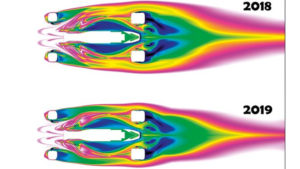
The issue was such that just pursuing a rival would hamper the performance of the car and put its driver at risk. In addition to that, the most exciting part of the races, that is, the battles on the track, had been reduced to a minimum.
Larger and simpler front wings
One of the most significant Formula 1 technical changes for 2019 involves the front wing, which is key in managing the air flows through the car. This has now been drastically simplified in its design and has been made bigger with the aim of reducing the outwash effect of the wing.

The current design is 20 centimetres wider, 2,5 centimetres deeper and 2 centimetres higher than its predecessor. In addition, the lower wing profiles in charge of redirecting the air, have been reduced from five to two, limiting the main wing profiles to a maximum of five. On the other hand, the small complementary aerodynamic appendages have disappeared.

Lower and longer barge boards
Barge boards are located between the front wheels and the sidepods and are in charge of channelling the air flow under the car. These lateral ailerons are now 15 centimetres lower and 10 centimetres wider than before. The intention is for the air to flow from the front to the rear of the car in a more direct way, reducing turbulence.
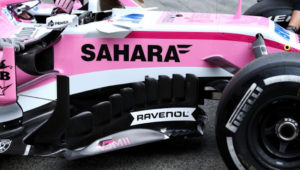
Brake ducts and blown axles
Another Formula 1 technical change for 2019 is the limitation in the use of brake ducts for aerodynamic purposes. In fact, all the flicks and fins of the inner brake duct have now disappeared. This is also meant to have a positive impact in reducing the air flow expelled by the single-seaters in motion.

For this same purpose blown axles have been forbidden since these are responsible for generating extra air flows in the areas close to the tires.
Larger rear wing
Just as with the front one, the rear wing has been made simpler and bigger. It is now two centimetres higher, one centimetre wider and another centimetre deeper than it was before. Also, the opening of the DRS is extended by 2 centimetres which translates into a 25% drag decrease.
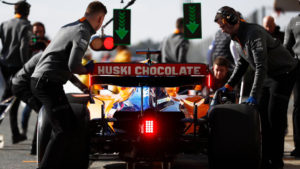
These changes will allow for the car trying to win a position to get closer to its target. Finally, the grooves in the end and side plates have also disappeared.
Simplified tyre range
One of the issues generating the greatest confusion and controversy in last years F1 was the complex range of available compound tires. To facilitate its understanding by the public, the number of available tires has been reduced from seven to five. It is goodbye to the many denominations such as hipersoft, ultrasoft, supersoft, soft, medium or hard. Now the five available types of compounds will be simply labelled as hard (white), medium (yellow) or soft (red).
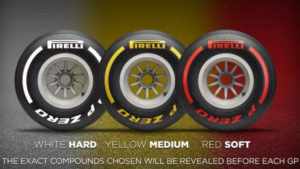
Despite the compounds ranging from the C1, the hardest, to the C5, the softest, only the three names mentioned above will be used. Another technical change is that they will all have a thinner 0.4 mm tread to prevent blistering.
More fuel for an extra push
The capacity of the fuel tanks will be increased from 105 to 110 kg. Drivers no more will have to worry about fuel economy. Now they will be able to use the engine at its full power for longer stints during the race. It has been rightly recognised that if Formula 1 represents the highest discipline of Motorsport, then maximum speed should be part of its DNA. This is possibly one of the Formula 1 technical changes for 2019 that drivers are most satisfied with.

New helmet and biometric gloves
In its commitment to minimizing the risks for drivers, the FIA has raised the safety standards of helmets. These will now be more resistant to impacts. The size of the visor has also been reduced by 1 millimetre to minimise the dangers associated with a hypothetical strike by debris to the forehead area.

Also new this season are the gloves with biometric sensors which will monitor the driver’s vital signs including his heart rate, blood oxygen levels and blood pressure. All this data will be readily available via Bluetooth to the medical team, which will have invaluable information on the status of the ‘patient’ in the event of an accident. This technology is a true breakthrough in terms of driver safety despite being one of the lest spoken about Formula 1 technical changes for 2019.

Increased car… and driver weight
The minimum weight of the car has now been increased from 733 to 740 kg. Of these, at least 80 kg must correspond to the driver, his overalls, helmet and seat. Lighter drivers will have to run cockpit ballast to meet the 80Kg minimum. This measure eliminates the disadvantaged suffered by heavier or taller drivers which before were often forced into severe and dangerous weight loss diets.
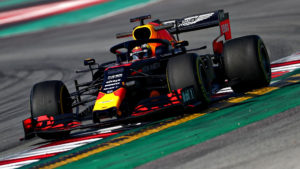
‘Main Formula 1 technical changes for 2019’ Images: Mercedes AMG F1, Ferrari, McLaren & F1.com.



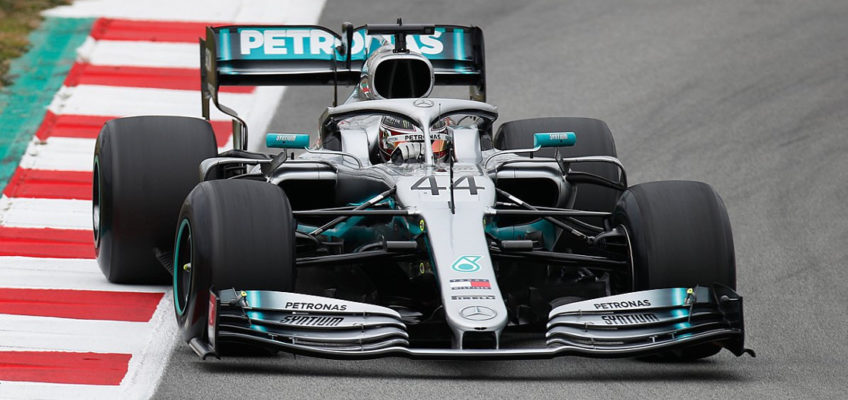

Leave a Reply